Technology
Our investment strategies are driven by the applications of machine learning disciplines and data science technologies.
Why?
Generating actionable investment insights from data poses a challenge. Why? Because an individual dataset is not enough. Validating and extracting the specific value from data is a complex process requiring advanced technology and the expertise to apply it.
How?
Neuravest has developed a set of powerful artificial intelligence-based analytic solutions to validate quantitative investment strategies. These tools identify predictive qualities from datasets and then build market-ready investment portfolios.

DAS
Our Data Science Platform
Neuravest’s Data Analytics Suite (DAS) uses machine learning to analyze data. It then validates the application of the data for investment decisions.

QuantDesk
Our Model Portfolio Manager
Neuravest analysts can evaluate multiple alternative data sources, discover predictive signals, evaluate new theories, backtest and deploy investment strategies.
Discover More
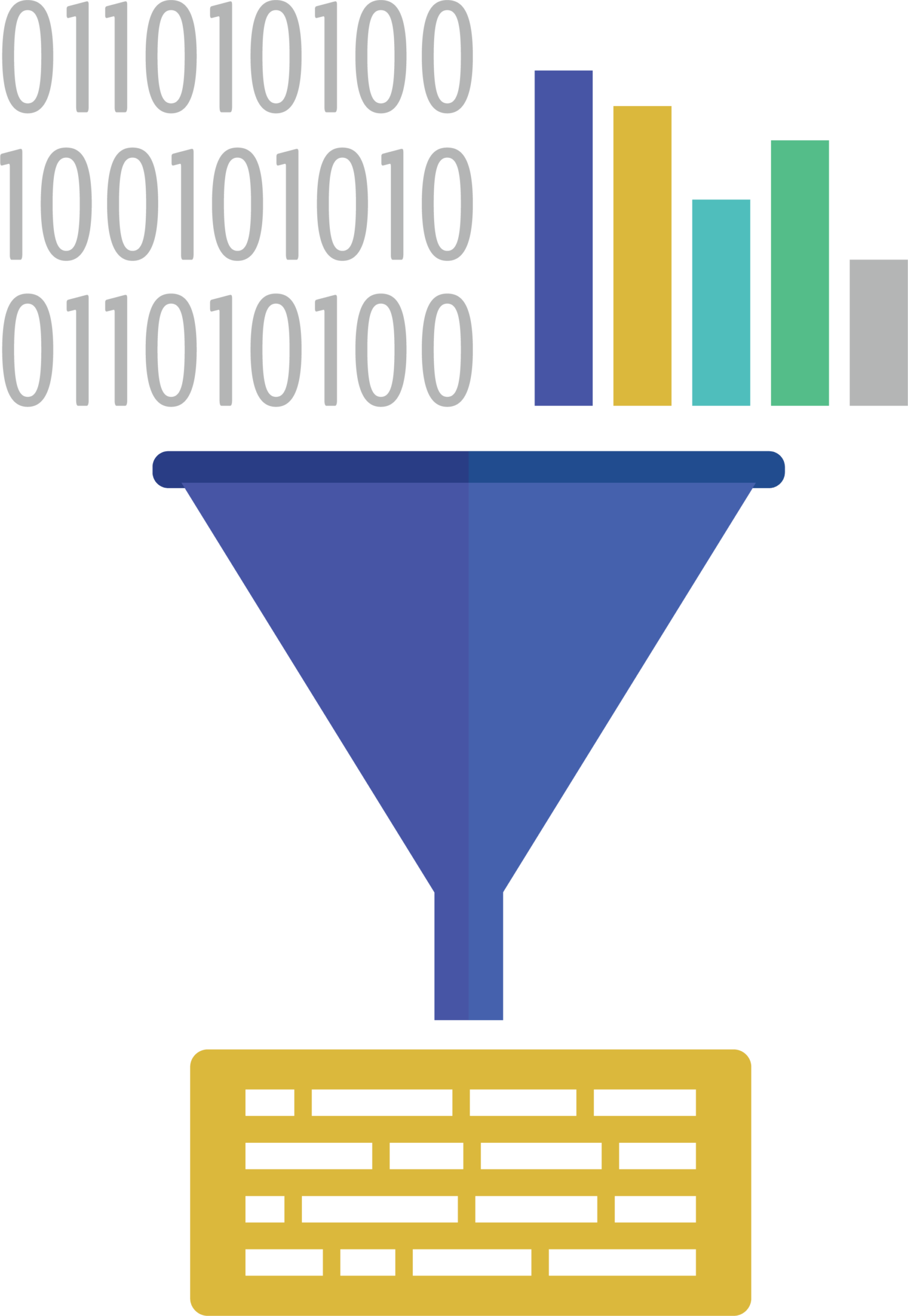
Regression Analysis
Applying multinomial regression algorithms for a fit/prediction of financial instruments.
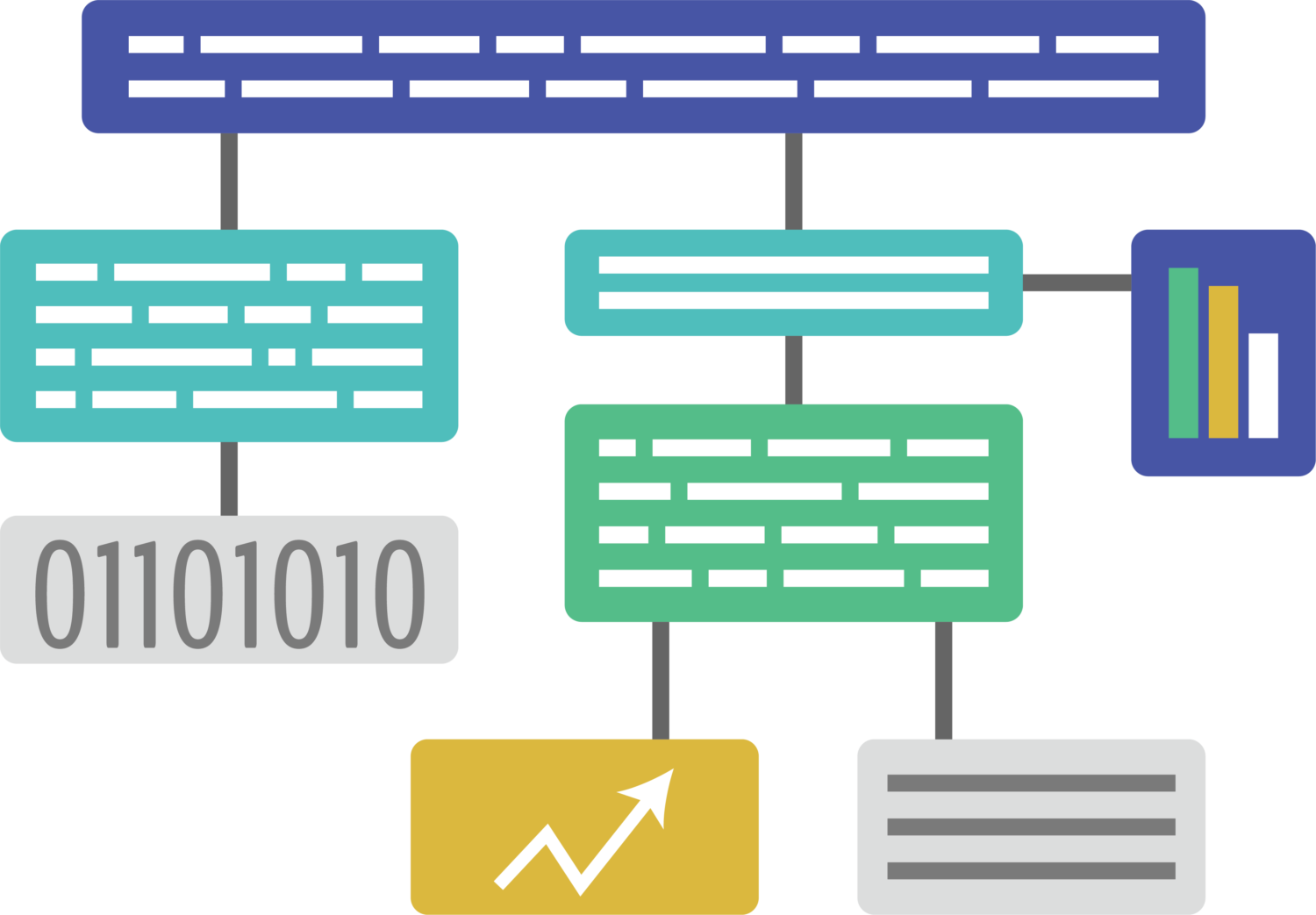
Classification Analysis
A data analysis task contained within data mining, which identifies and classifies a collected set of data so that it can be analyzed with greater accuracy.
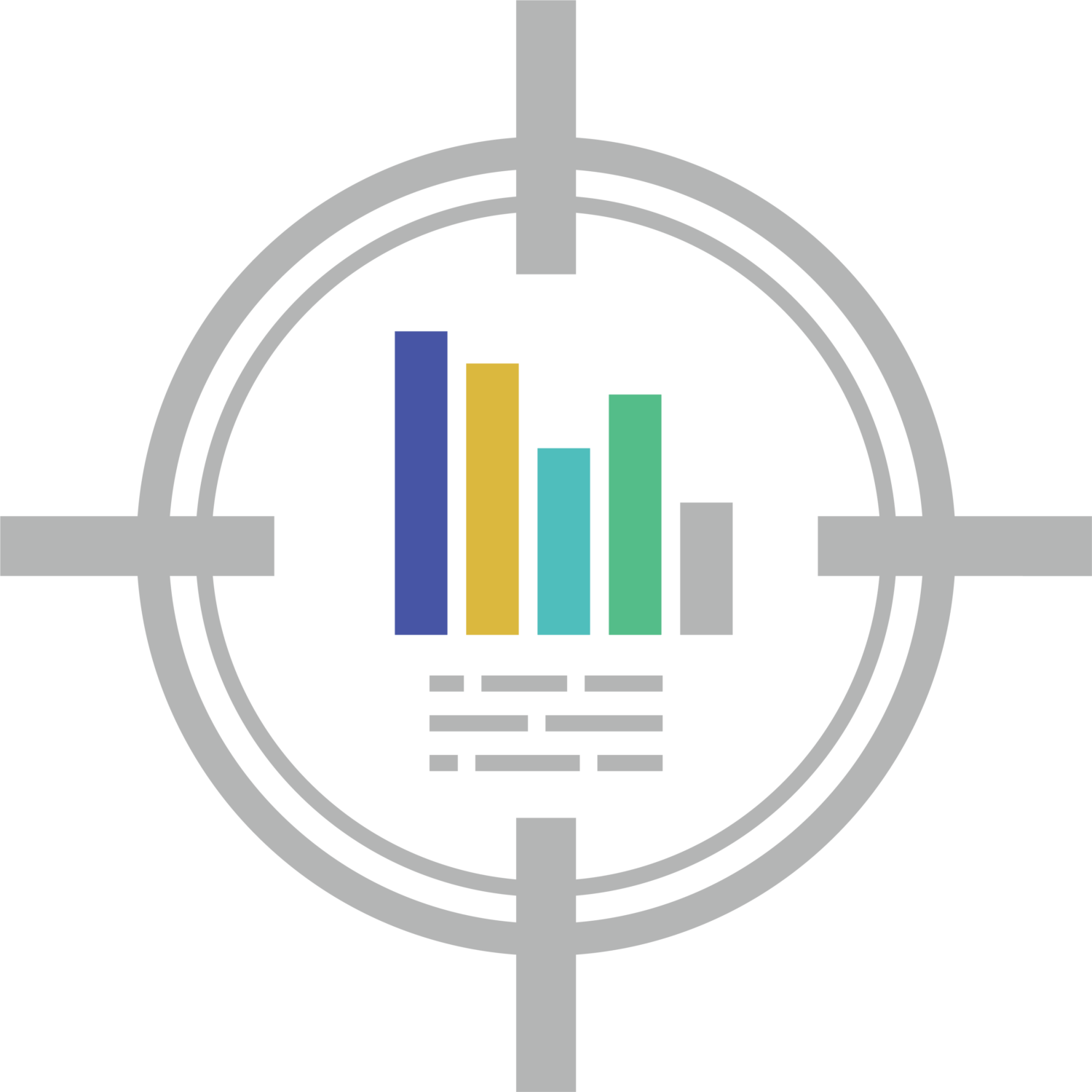
Unsupervised Learning
A method of discovering patterns from untagged data.
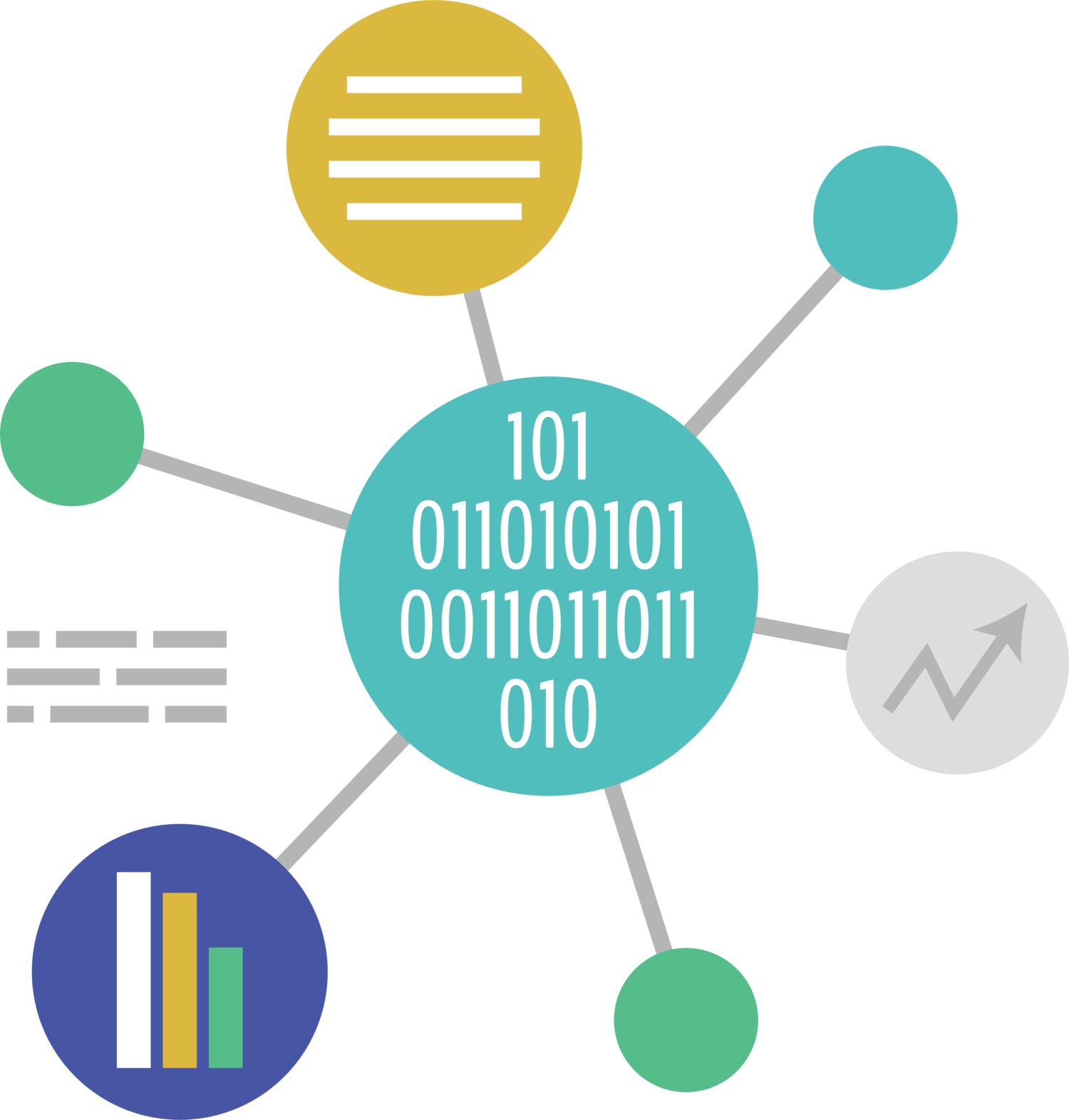
Feature Engineering
Deriving meaningful features from raw data. Applying one of our specialized algorithms to determine the optimal feature subset for model building.
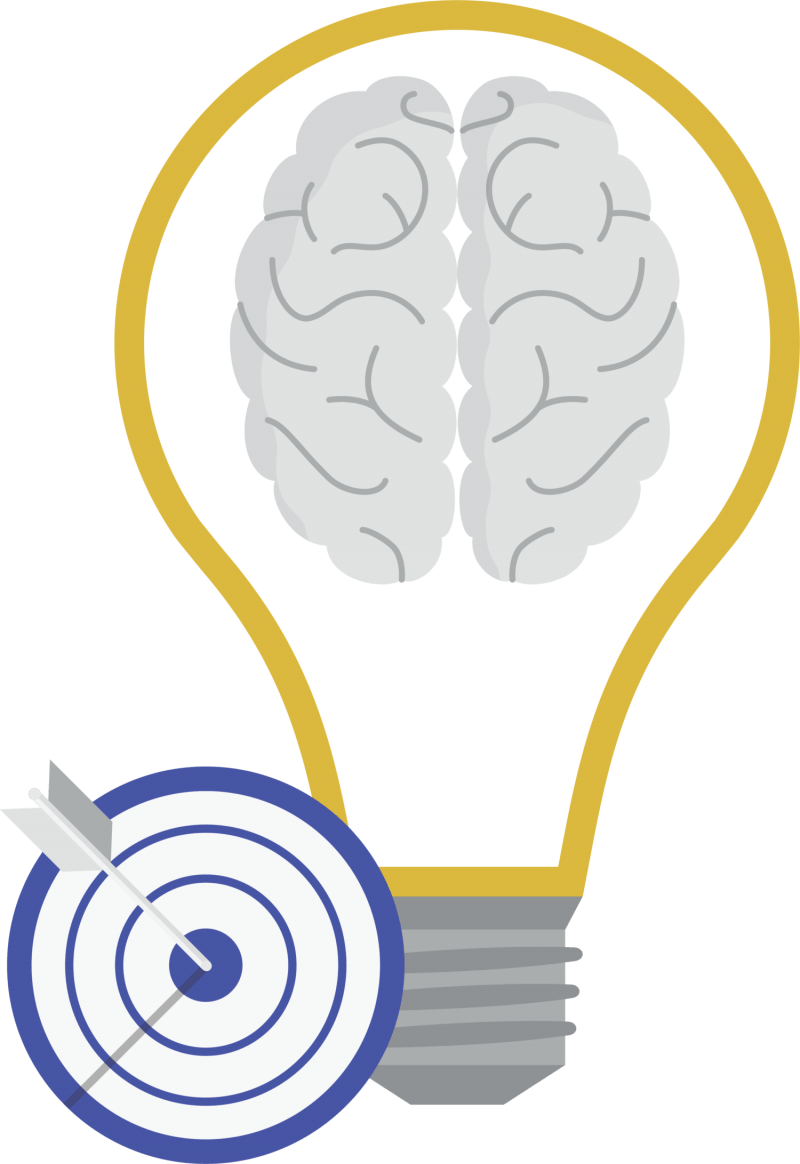
Target Engineering
Deriving meaningful target values for pre-trained machine learning models. Target functions are engineered to reduce noise to the greatest extent possible, thereby improving the learning process.
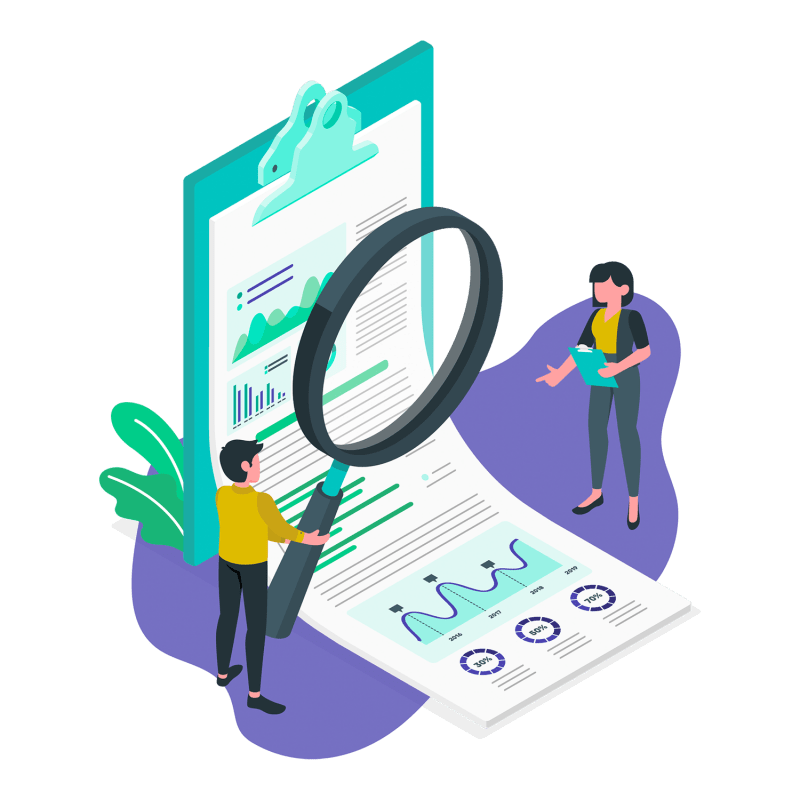
Model Strength Analysis
Analyzing model performance with metrics such as confusion matrices, ROC curves, Sharpe ratio, and max drawdown.
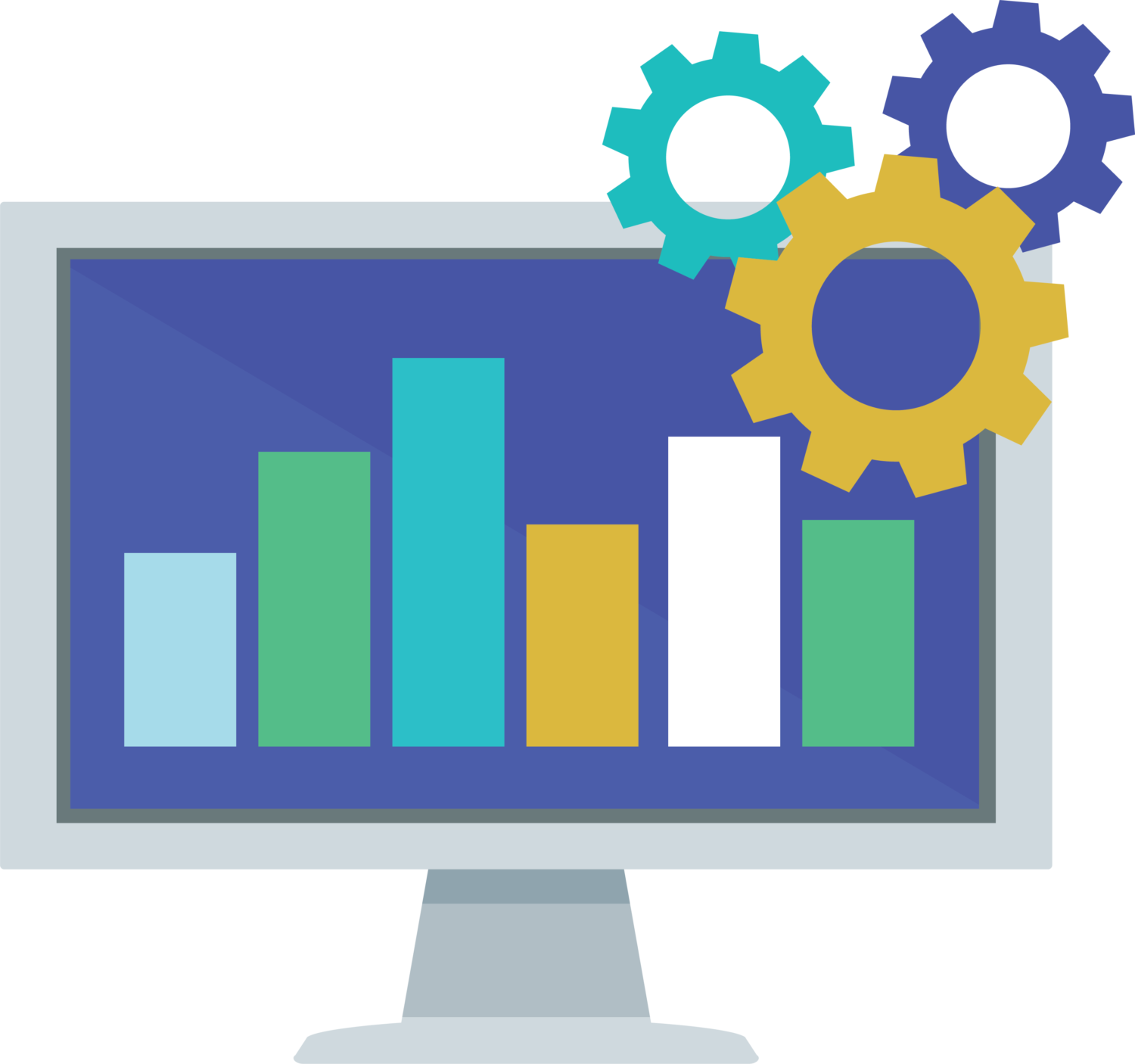
Computer Vision
Applying specialized computer vision approaches such as CNNs and Capsule Networks to extract predictive temporal patterns from time series data.
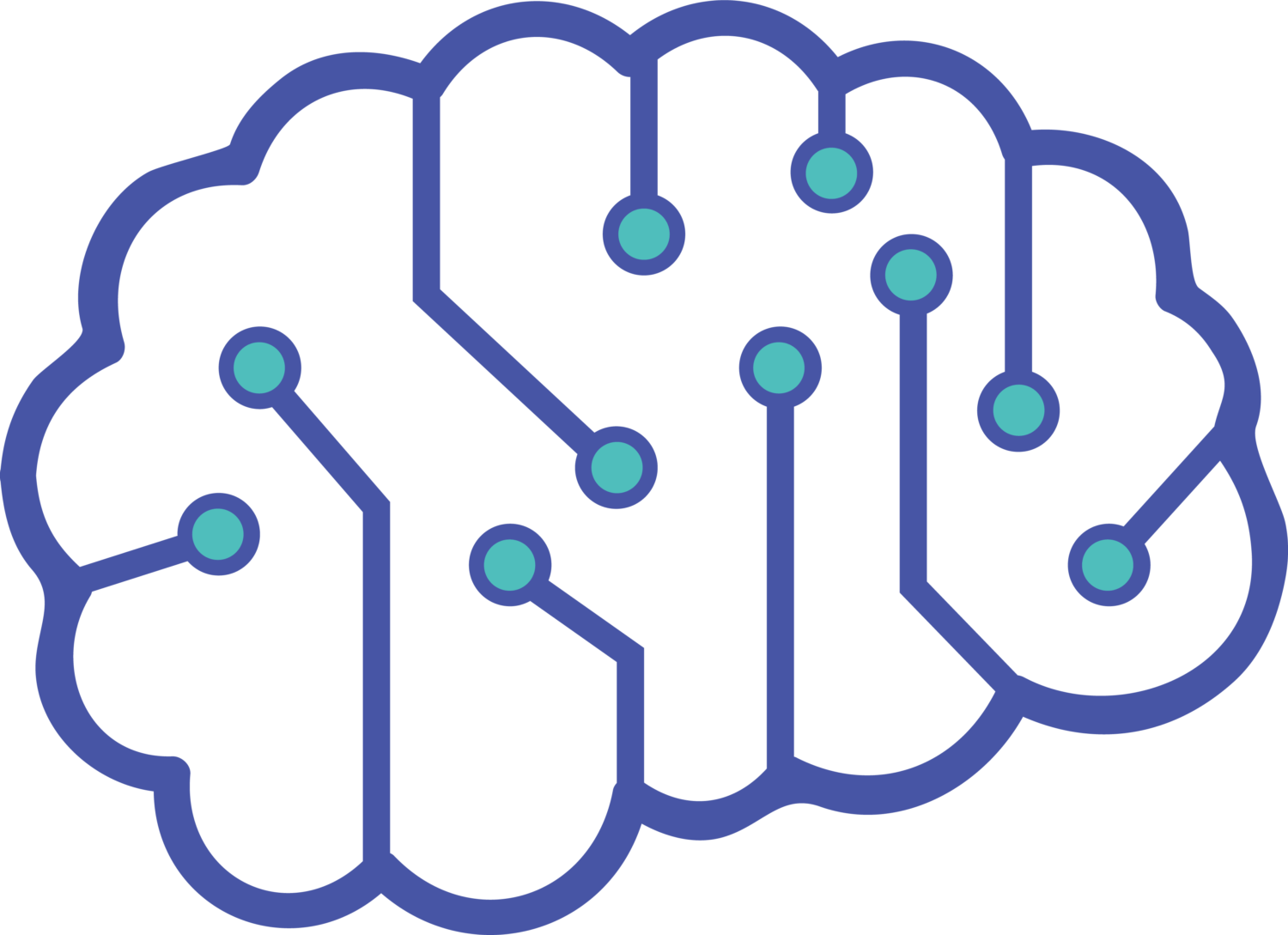
Natural Language Processing (NLP)
Deriving meaningful features from unstructured text data to create machine learning models.

